Chico State's Gary Towne Talks About Expansion of Division II Nationals
Chico State's Gary Towne Talks About Expansion of Division II Nationals
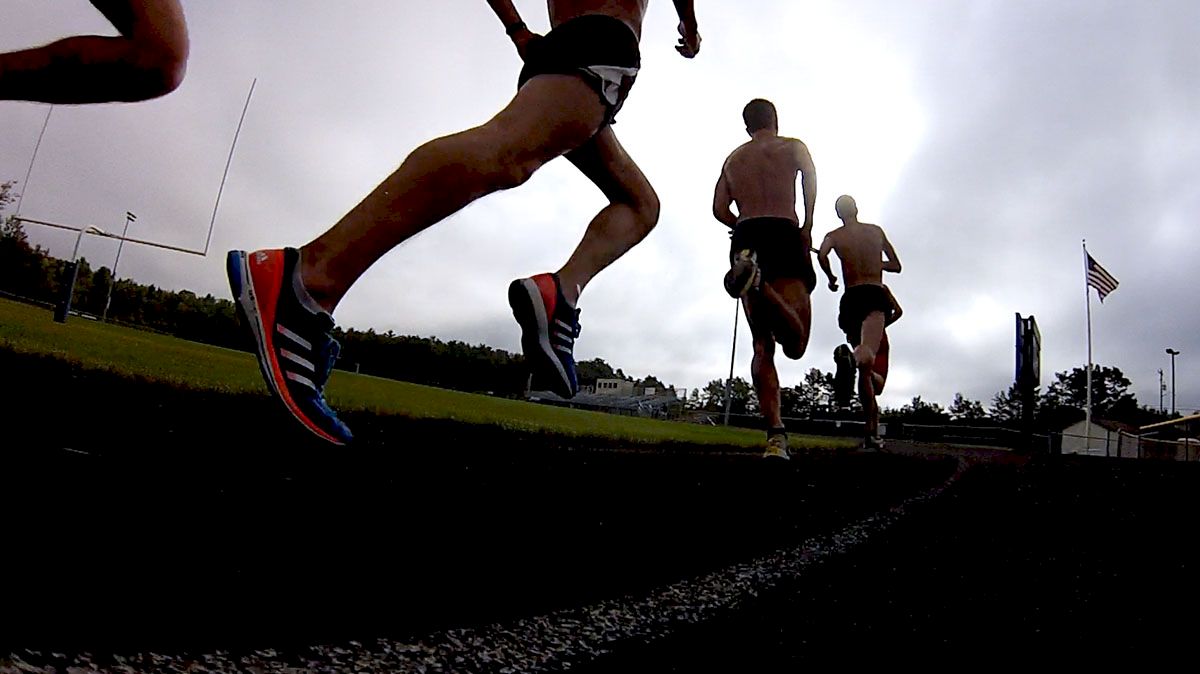
Gary Towne, head cross country coach at Chico State, knows something about the competition at Division II Nationals. His men’s and women’s squads have been in the top ten the past 13 and ten years, respectively. The increase in Division II schools in recent years led to the field size at nationals to be increased to 32 per gender.
In addition to larger numbers, the quality of the compeition may be at its highest. Squads like Chico State will continue to face stronger fields in both cross country and track at the national level as more schools join the battle for titles.
Gary took some time to address these changes and how they affect Division II and its championships.
Can you give background on the rationale and process of expanding the field?
I believe the decision to ask for more teams in the NCAA fields came as a byproduct of the growing number of schools that are joining Division II. I believe field sizes in DI and DIII were already above what we had in DII (24 teams) so the coaches voted to ask for more teams and the NCAA granted it. Basically each region has one more automatic berth than before, so there are 8 additional teams allowed in the field.
What are your thoughts on a larger field?
I have some mixed feelings on the expansion, but overall I believe it was a positive step. The positives are fairly obvious. It gives more athletes and teams the opportunity to compete at the national level. I’m definitely happy for the teams that were affected in a positive way by the additional berths this year. In some regions the inclusion of that last qualifying spot will change the eventual NCAA top-10, and you want to have all of those types of teams on the line at NCAA’s. The tougher side of the increase is that it makes it harder for a school to host the NCAA meet due to the larger start area and the width of trails on a course. We already had a shortage of schools that have venues that could accommodate approximately 180 runners we had previously. This will make finding good host options more difficult, unless the box and course-width requirements are adjusted.
Were the number of individual qualifiers increased also?
I haven’t read too closely into this part of the expansion, but I don’t believe so. I think we still have 3 individual qualifiers from each region that aren’t on one of the top teams. If they finish among the Top-5 overall, then you’re automatically going. The additional team made a difference in the individual qualifying from our region this year, so I think it’s helping in an indirect way by having more teams qualifying.
Talk about the increase in Division II schools. Is the division growing?
Division II is definitely growing. There seems to be quite a few more teams coming in, than there are heading up to DI. A good number of top-tier XC programs from the NAIA have moved to DII, or are in the process of moving. In 3-4 years I would forecast that competition will be tougher and deeper than ever before at the national level.
Does the larger field diminish the prestige of nationals?
No. As a whole DII is growing in quality (along with the other divisions). You can accurately measure these improvements by looking at NCAA lists each year and the types of times it’s taking just to get to the NCAA meet in track. There are more fast runners in our division than ever before. I think it’s important to recognize this and allow for greater participation at the national level in XC. (BTW. The NCAA has increased the #’s of qualifiers for TF as well, which is a great step forward as well).
In addition to larger numbers, the quality of the compeition may be at its highest. Squads like Chico State will continue to face stronger fields in both cross country and track at the national level as more schools join the battle for titles.
Gary took some time to address these changes and how they affect Division II and its championships.
Can you give background on the rationale and process of expanding the field?
I believe the decision to ask for more teams in the NCAA fields came as a byproduct of the growing number of schools that are joining Division II. I believe field sizes in DI and DIII were already above what we had in DII (24 teams) so the coaches voted to ask for more teams and the NCAA granted it. Basically each region has one more automatic berth than before, so there are 8 additional teams allowed in the field.
What are your thoughts on a larger field?
I have some mixed feelings on the expansion, but overall I believe it was a positive step. The positives are fairly obvious. It gives more athletes and teams the opportunity to compete at the national level. I’m definitely happy for the teams that were affected in a positive way by the additional berths this year. In some regions the inclusion of that last qualifying spot will change the eventual NCAA top-10, and you want to have all of those types of teams on the line at NCAA’s. The tougher side of the increase is that it makes it harder for a school to host the NCAA meet due to the larger start area and the width of trails on a course. We already had a shortage of schools that have venues that could accommodate approximately 180 runners we had previously. This will make finding good host options more difficult, unless the box and course-width requirements are adjusted.
Were the number of individual qualifiers increased also?
I haven’t read too closely into this part of the expansion, but I don’t believe so. I think we still have 3 individual qualifiers from each region that aren’t on one of the top teams. If they finish among the Top-5 overall, then you’re automatically going. The additional team made a difference in the individual qualifying from our region this year, so I think it’s helping in an indirect way by having more teams qualifying.
Talk about the increase in Division II schools. Is the division growing?
Division II is definitely growing. There seems to be quite a few more teams coming in, than there are heading up to DI. A good number of top-tier XC programs from the NAIA have moved to DII, or are in the process of moving. In 3-4 years I would forecast that competition will be tougher and deeper than ever before at the national level.
Does the larger field diminish the prestige of nationals?
No. As a whole DII is growing in quality (along with the other divisions). You can accurately measure these improvements by looking at NCAA lists each year and the types of times it’s taking just to get to the NCAA meet in track. There are more fast runners in our division than ever before. I think it’s important to recognize this and allow for greater participation at the national level in XC. (BTW. The NCAA has increased the #’s of qualifiers for TF as well, which is a great step forward as well).
Related Content
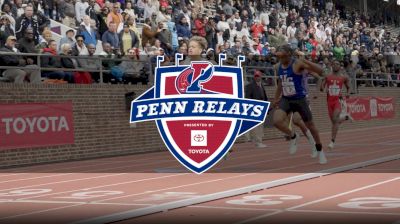 Penn Relays 2024 Preview Hype
Penn Relays 2024 Preview HypeApr 23, 2024
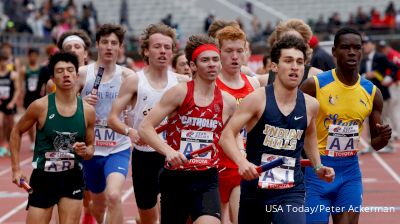 Qualifying Standards For Penn Relays 2024: Here's What To Know
Qualifying Standards For Penn Relays 2024: Here's What To KnowApr 23, 2024
 Diamond League Xiamen Reactions, Plus Previewing Penn Relays | The FloTrack Podcast (Ep. 663)
Diamond League Xiamen Reactions, Plus Previewing Penn Relays | The FloTrack Podcast (Ep. 663)Apr 23, 2024
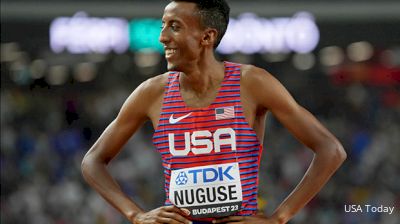 Five Big Storylines To Watch Out For Heading Into The Penn Relays
Five Big Storylines To Watch Out For Heading Into The Penn RelaysApr 23, 2024
 How to Watch: FloTrack Podcast Live from Penn Relays | Track and Field
How to Watch: FloTrack Podcast Live from Penn Relays | Track and FieldApr 23, 2024
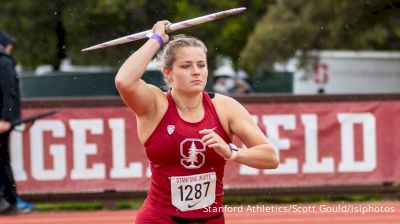 Payton Jordan Invitational Schedule 2024: What To Know
Payton Jordan Invitational Schedule 2024: What To KnowApr 23, 2024
 How to Watch: 2024 Gulf South Outdoor Track & Field Championship | Track and Field
How to Watch: 2024 Gulf South Outdoor Track & Field Championship | Track and FieldApr 22, 2024
 Here's Why You Don't Want To Miss The Bryan Clay Invitational
Here's Why You Don't Want To Miss The Bryan Clay InvitationalApr 22, 2024
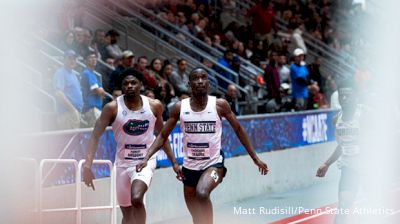 Cheickna Traore Is Up Next. The Former D3 Star Has Elite NCAA Potential
Cheickna Traore Is Up Next. The Former D3 Star Has Elite NCAA PotentialApr 22, 2024